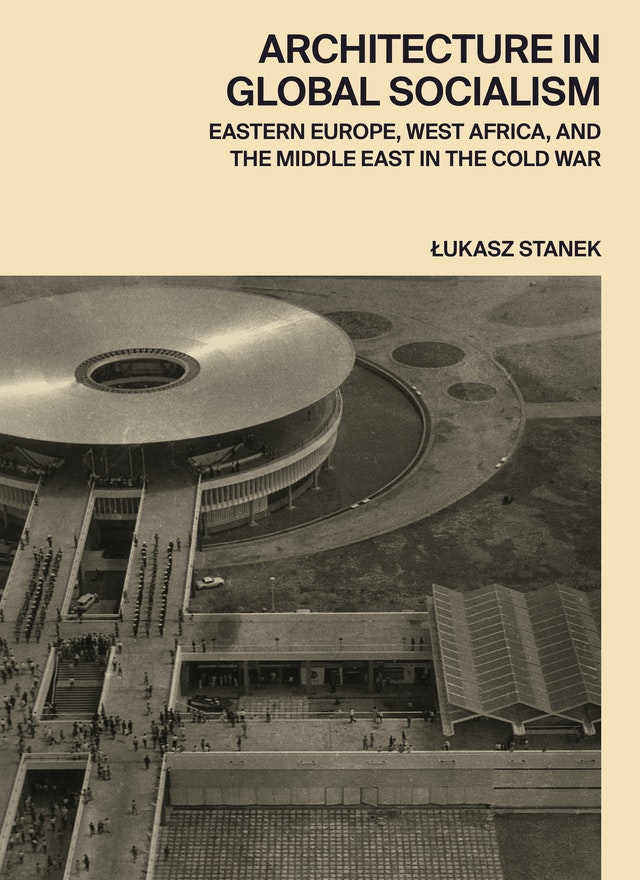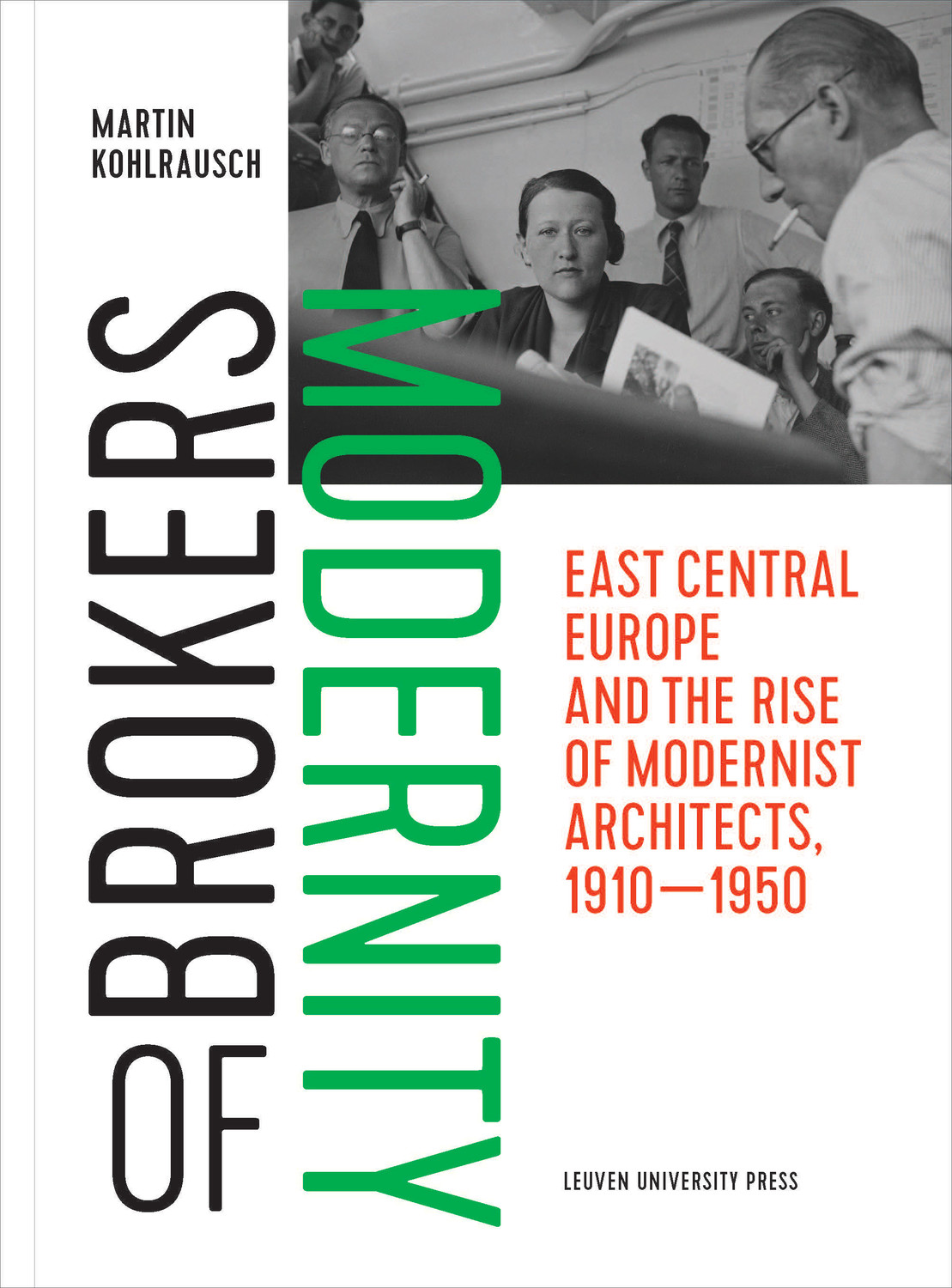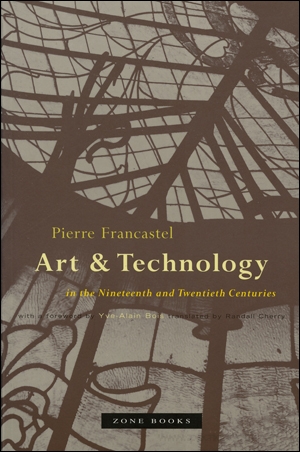Łukasz Stanek: Architecture in Global Socialism: Eastern Europe, West Africa, and the Middle East in the Cold War (2020)
Filed under book | Tags: · architecture, cold war, eastern europe, global south, history of architecture, housing, middle east, socialism, soviet union, vernacular architecture, yugoslavia

“In the course of the Cold War, architects, planners, and construction companies from socialist Eastern Europe engaged in a vibrant collaboration with those in West Africa and the Middle East in order to bring modernization to the developing world. Architecture in Global Socialism shows how their collaboration reshaped five cities in the Global South: Accra, Lagos, Baghdad, Abu Dhabi, and Kuwait City.
Łukasz Stanek describes how local authorities and professionals in these cities drew on Soviet prefabrication systems, Hungarian and Polish planning methods, Yugoslav and Bulgarian construction materials, Romanian and East German standard designs, and manual laborers from across Eastern Europe. He explores how the socialist development path was adapted to tropical conditions in Ghana in the 1960s, and how Eastern European architectural traditions were given new life in 1970s Nigeria. He looks at how the differences between socialist foreign trade and the emerging global construction market were exploited in the Middle East in the closing decades of the Cold War. Stanek demonstrates how these and other practices of global cooperation by socialist countries—what he calls socialist worldmaking—left their enduring mark on urban landscapes in the postcolonial world.
Featuring an extensive collection of previously unpublished images, Architecture in Global Socialism draws on original archival research on four continents and a wealth of in-depth interviews. This incisive book presents a new understanding of global urbanization and its architecture through the lens of socialist internationalism, challenging long-held notions about modernization and development in the Global South.”
Publisher Princeton University Press, Princeton, NJ, 2020
ISBN 0691168709, 9780691168708
368 pages
Reviews: Gregor Harbusch (BauNetz, 2020), Alexander Adams (The Critic, 2020), Owen Hatherley (The Guardian, 2020).
Interview with author (Hilde Heynen & Sebastiaan Loosen, Architectural Histories, 2019)
PDF (55 MB, updated on 2021-4-13)
Comment (0)Martin Kohlrausch: Brokers of Modernity: East Central Europe and the Rise of Modernist Architects, 1910-1950 (2019)
Filed under book | Tags: · architecture, central europe, east-central europe, eastern europe, history of architecture, modernism, poland

“The first half of the twentieth century witnessed the rise of modernist architects. Brokers of Modernity reveals how East Central Europe turned into one of the pre-eminent testing grounds of the new belief system of modernism. By combining the internationalism of the CIAM organization and the modernising aspirations of the new states built after 1918, the reach of modernist architects extended far beyond their established fields. Yet, these architects paid a price when Europe’s age of extremes intensified.
Mainly drawing on Polish, but also wider Central and Eastern European cases, this book delivers a pioneering study of the dynamics of modernist architects as a group, including how they became qualified, how they organized, communicated and attempted to live the modernist lifestyle themselves. In doing so, Brokers of Modernity raises questions concerning collective work in general and also invites us to examine the social role of architects today.”
Publisher Leuven University Press, 2019
Creative Commons BY-NC-ND 4.0 International License
ISBN 9462701725, 9789462701724
400 pages
Pierre Francastel: Art & Technology in the Nineteenth and Twentieth Centuries (1956–) [ES, EN]
Filed under book | Tags: · art history, design, design history, history of architecture, machine, technology

“Although the work of Pierre Francastel (1900-1970) has long carried the label “sociology of art,” it bears little resemblance to anything conventionally sociological. Unlike the followers of the dominant schools of Anglo-American and German art history, Francastel was never obsessed with establishing a quasi-scientific methodology as the basis for his studies. But as art history itself is being reconfigured amid the technological culture of the twenty-first century, his nuanced meditations from the 1950s on the intricate intersection of technology and art gain heightened value.
The concrete objects Francastel examines are for the most part from the architecture and design of the late nineteenth to mid-twentieth century. Through them, he engages his central problem: the abrupt historical collision between traditional symbol activities of human society and the appearance in the nineteenth century of unprecedented technological and industrial capabilities and forms.”
First published as Art et technique aux XIXe et XXe siècles, Paris, 1956.
English edition
With a Foreword by Yve-Alain Bois
Translated by Randall Cherry
Publisher Zone Books, New York, 2000
ISBN 1890951021, 9781890951023
331 pages
Review: Sean Cubitt (Leonardo, 2001).
Arte y técnica en los siglos XIX y XX (Spanish, trans. Maria Jose Garcia Ripoll, 1990, 22 MB, via)
Art & Technology in the Nineteenth and Twentieth Centuries (English, trans. Randall Cherry, 2000, 14 MB, updated on 2019-10-11)

